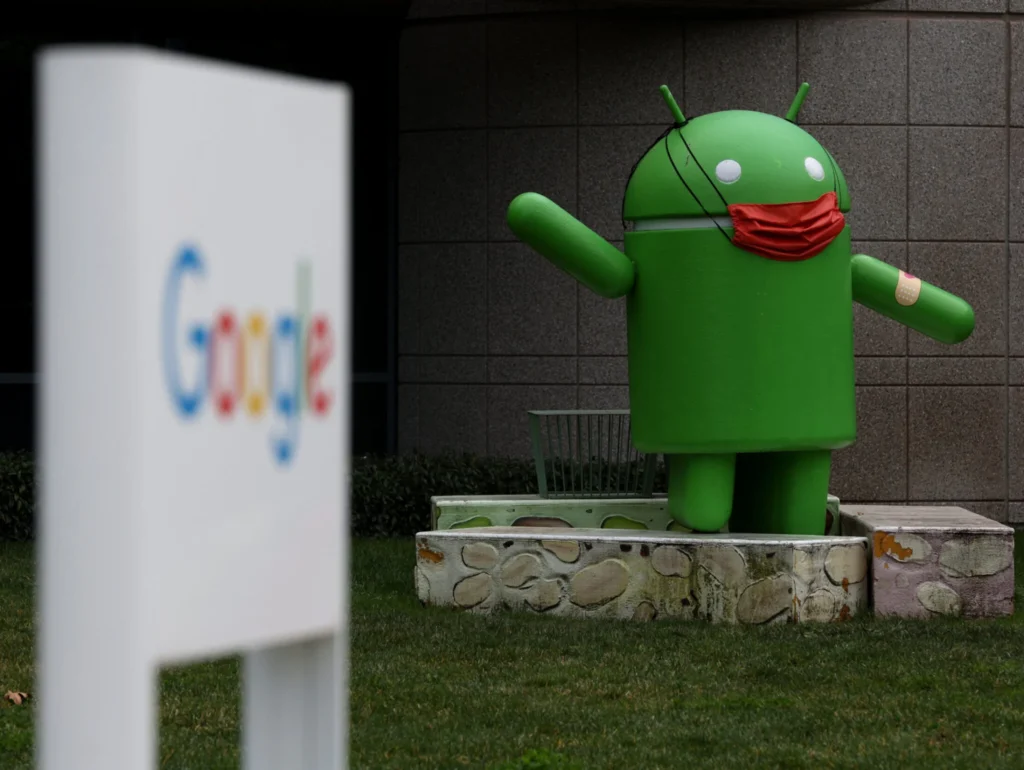With the spine of online advertising – at least on the Google Chrome browser – being removed by the end of 2023, we explore the alternatives to third-party cookies.
Third- party cookies were ditched from Mozilla Firefox and Apple Safari years ago, but as Google follows suit, brands, businesses and organisations will be forced to look elsewhere for accurate consumer data.
Chrome accounts for approximately 60% of web traffic and while cookies are being replaced by a Privacy Sandbox, marketers and advertisers are looking for viable alternatives.
We spoke to data experts on how companies can prepare for a cookie-less world.
Sign up to Marketing Matters, our fortnightly newsletter with articles on the intersection between news, marketing and advertising
Third-party cookies: The alternatives
Director of strategic alliances at HubSpot, Ryan McDermott: Mine your own data
“Brands will need to focus on how they manage and mine their own customer data for insights and targeting strategies. Brands will likely be forced to ‘roll-their-own’ when it comes to their targeting efforts.”
Ben Hogg, managing director at Lucid: Get specific consumer insights
“We’re working with a lot of clients right now who have been faced with the unenviable task of reenvisioning the future of marketing in a cookie-less world. Cue the silver bullet: Data. First-party data, and consumer insights to be more specific. Never has insight into the sentiments and resulting behaviours of consumers been more important to marketers, and never has the role of behavioural analysis in marketing strategy and planning been more critical to the bottom line.”
Acxiom’s head of legal and privacy, Alex Hazell: Use the channels at your disposal
“No brand can afford to ignore the big ‘walled gardens’ of Apple, Google and Meta, and the means they offer to target and find out more about audiences. But they also shouldn’t become wholly reliant on them. Place greater priority on finding ways to create your own first-party data and presence, using the channels you have at your disposal. Examine the technology and processes you have in place to capture information about your customers, and make investments that allow you to take charge of the data you have at your disposal.”
Rebecca Ives, Herd agency’s paid search manager: Incentivise sharing of data
“Step up your collection of first-party data – now more than ever you will need to ensure that you are collecting as much data as possible to use in marketing to your current client base. Incentivising people to sign up for loyalty rewards schemes, emails, completing surveys and more will help you build your database. This will allow you to enhance customer profiles, build brand credibility, establish trust and help replace the third-party cookies.”
Joanna Harrod, head of marketing at Dog: Develop a strong identity
“Businesses that succeed will be those who have built a strong customer base, only achieved through developing a strong brand identity that drives growth in first-party data, customer retention and brand advocacy. In acquiring new customers, privacy changes should finally allow businesses to escape the confinements of highly attributable ROI-driven media buying. This will enable them to diversify their media mix and refocus on the creativity of content and effective messaging that resonates with their target audiences.”
Allan Tinkler, head of platform business development at Quantcast: Work with tech partners
“Publishers, don’t forget that you own a direct relationship with the end consumer. It’s time to explore different ways of enlarging one’s first-party data pool, as well as assessing the value of emerging solutions (such as today’s enhanced contextual technologies). Publishers can work with technology partners to create that nuanced understanding of their audiences, without relying on third-party cookies.”
Richard Wheaton, managing director of data company Fifty-five London: First-party data is a treasure trove.
“Fortunately, even in an era of increased anonymisation, it is still possible to understand the effectiveness of your marketing activity and make informed optimisation and budgeting decisions. Many brands have a treasure trove of first-party data that has been largely unused, from transaction data to email engagement. This can all help provide a rich picture of customer behaviour and is crucially privacy-first.”
Herman Yang, head of cloud enterprise at Moloco: Enhance with machine learning
“Marketers need to contend with a constantly swinging pendulum, between customers who want personalised ads and those who feel like it’s too invasive of their privacy. To counter this, more marketers are moving towards first-party data strategies that bake privacy in right from the start. Marketers can still monetise and use this data for targeted ad campaigns, without relying on third-party cookies. By enhancing this first-party data with machine learning, they can deliver more bespoke campaigns in real time, boost user acquisition and retention, all while continuing to prioritise consent and privacy.”
Hugh Stevens, commercial director at LiveRamp: Look towards mutually beneficial partnerships
“The future of AdTech is cookie-less, privacy-first and collaborative. As brands try to transition away from third-party cookies and fill in the gaps left by this sunsetting, they’re looking to extract more value out of first-party data, as well as to leverage other companies’ first-party data. As such, they’re turning to mutually beneficial partnerships for data collaboration to generate high-value insights.”
But don’t forget zero-party
In an ideal world, consumers would willingly offer up their data to ensure brands recognised their online preferences and efficiently offered a relevant service or product.
Many of our data specialists recommended this zero-party data approach as a sensible solution to the loss of third-party data.
April Mullen, director of brand and content marketing at SparkPost: Renew focus on emails
“In the ever-changing privacy landscape, accessing third-party and second-party data will become increasingly complex, forcing zero-party and first-party data into the spotlight. Now is the time for marketers to ensure they have a strategy in place that capitalises on these previously overlooked methods of data collection, with a renewed focus on email and other channels that are powered by zero and first-party data.”
Jonathon Grubin, founder & CEO at SoPost: Product sampling is the way to go
“We’re seeing many brands look towards product sampling as a way to capture quality zero- and first-party data in a compliant way. As third-party cookies are faded out, the importance of advertisers having their own data sets is so high, yet one of the challenges they face is how to gather it.
“The value exchange that exists with online sampling (where a consumer receives a free product partly in exchange for some first-party data and the option to opt-in to further marketing) means that brands are able to capture this data at a much lower cost, and at much higher quality. Additionally, because of the value exchange and the fact the consumer is receiving a real brand experience at home, the value of the data, and the consumer’s engagement, is also higher.”
Stuart Russell, CSO at Planning-inc: Be customer-centric wherever possible
“By intelligently combining zero-party data with first-party data, brands can get a more robust and holistic view of their individual customers. In other words, by combining traditional first-party data such as demographics, purchase history or website activity with personal details the customer voluntarily shares, the feedback between brand and user actually enhances persona segmentations.
“It essentially presents brands with a chance to contextualise communications with a broader appreciation of customers’ beliefs and interests, moving beyond a purely transactional relationship. This is customer-centricity at its best.”




